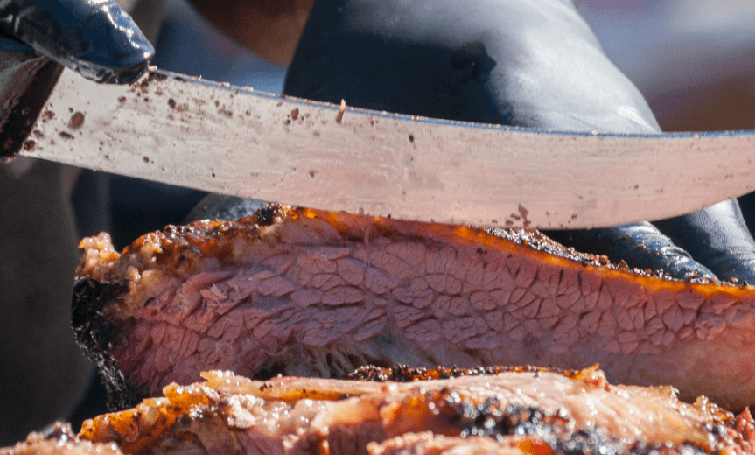-
Other finance solutions
-
Equipment
-
-
About SilverChef
Menu
-
Other finance solutions
-
Equipment
-
-
About SilverChef
article

It seems we just can’t get enough of the ‘low and slow’ craze. And it’s not just restaurants specialising in American BBQ; cafes and bars all over are adding a bit of Southern attitude to their menus. In-house smoked ham, bacon, chicken and even fruit are giving these venues an added edge over their competitors.
But what’s so good about smoked meat? BBQ is known for being labour-intensive and tedious, so why bother?
Even if you know a little bit about the BBQ scene, the options and varieties of meat smokers can be a little bit overwhelming. If you’ve been thinking of dipping your toe into the hickory chips, we’ve made your homework easy and compiled a comprehensive overview along with some key points for consideration.
Firstly, there are three main categories of meat smokers based on their heat source:
Then, we move onto the different styles of smokers:
Vertical: Usually gas or electric, but some can be charcoal fuelled. Square cabinet-like design with drawers for easy access to the water tray and wood chip box. Generally easier to clean and great for beginners. Can come in ceramic and kettle versions, which provide additional grilling and oven capabilities with great heat retention properties. Some commercial-grade models can be used without wood for traditional roasting, baking and steam cooking.
Offset: uses charcoal in a dedicated firebox offset to the side of the main cooking grill. Heat and smoke are generated in the firebox and pass through the main chamber and out through a ‘chimney’. Generally has much more cooking space than box or vertical models. The only heat source is charcoal so you can’t set and forget. They have fewer moving parts, so there’s less to go wrong, but are typically harder to clean.
Pellet: high tech, automated and precise. They are electrically powered, but burn wood pellets to provide heat and smoke, so you get the best of both worlds: ‘set-and-forget’ like gas/electric smokers (although they do need to be regularly ‘fed’) plus the real smoke flavour from real wood and real fire.
So, how do you know what’s right for you?
One question you want to answer is how involved you want to be in the process; do you want to set it and forget it or do you want to take an active part in the food you cook? Also think about the types of meat you want to cook in it, and your size requirements/constraints. Lastly, think about functionality. Do you want it just to smoke or do you want to grill, bake and possibly steam as well?
There’s no denying that smoking meat is an involved process, but an increasing number of people will happily argue that it is definitely worth the effort. It seems there’s no end to the number of flavour combinations and options available. A little bit of Southern attitude could make a BIG impact on your menu!